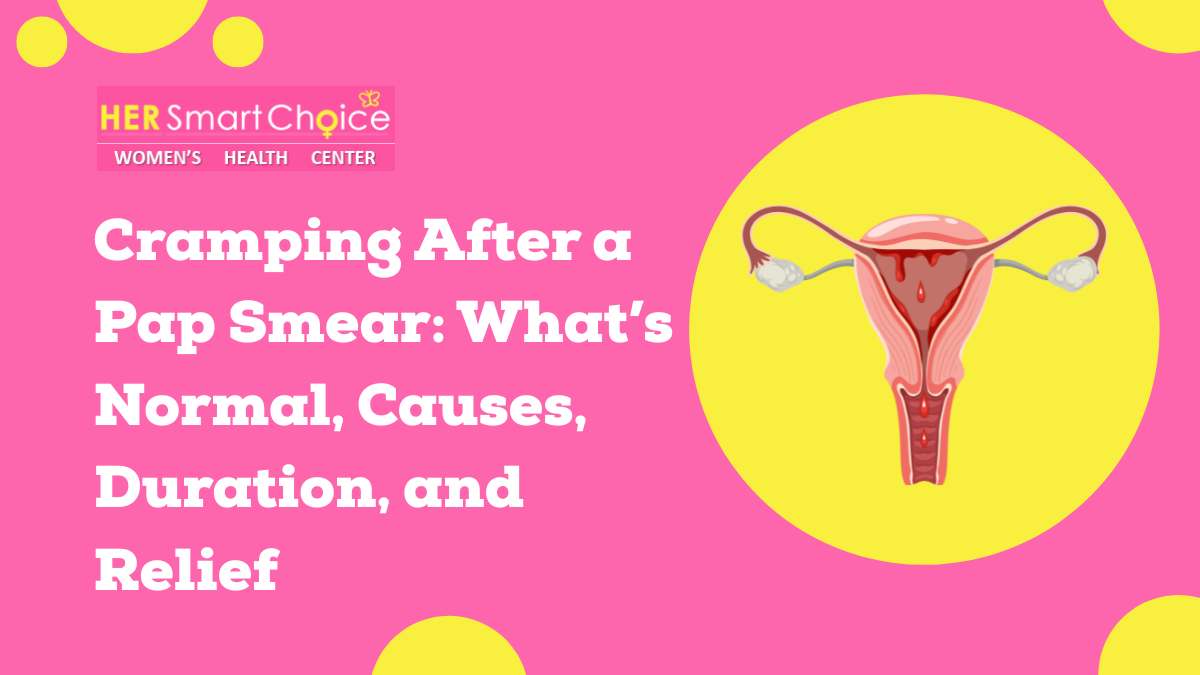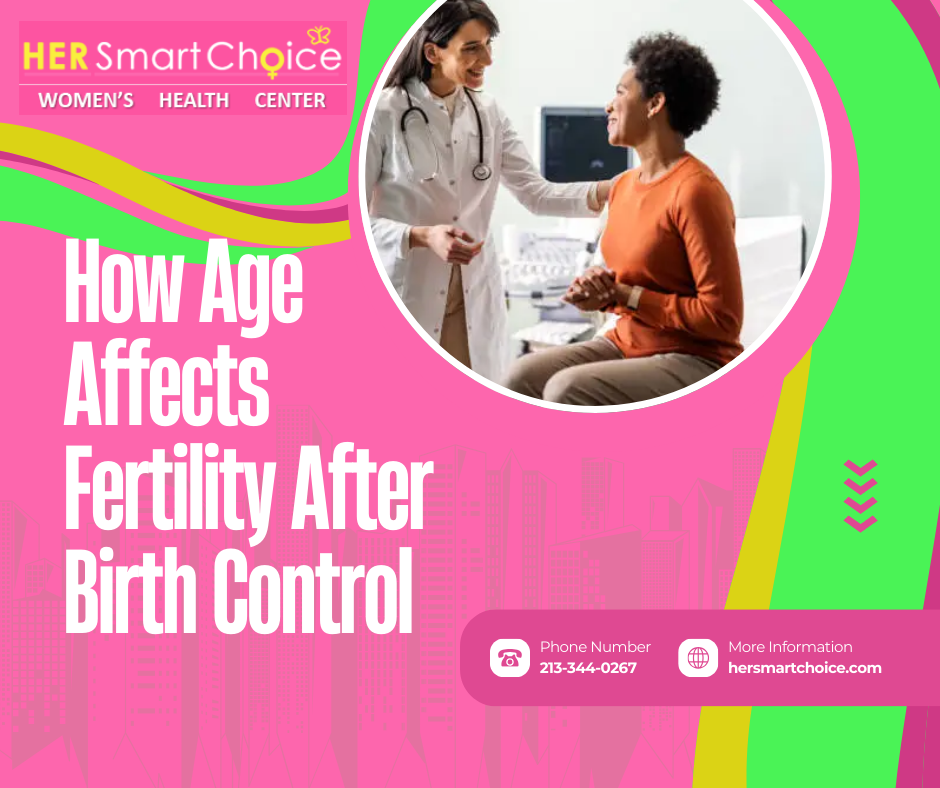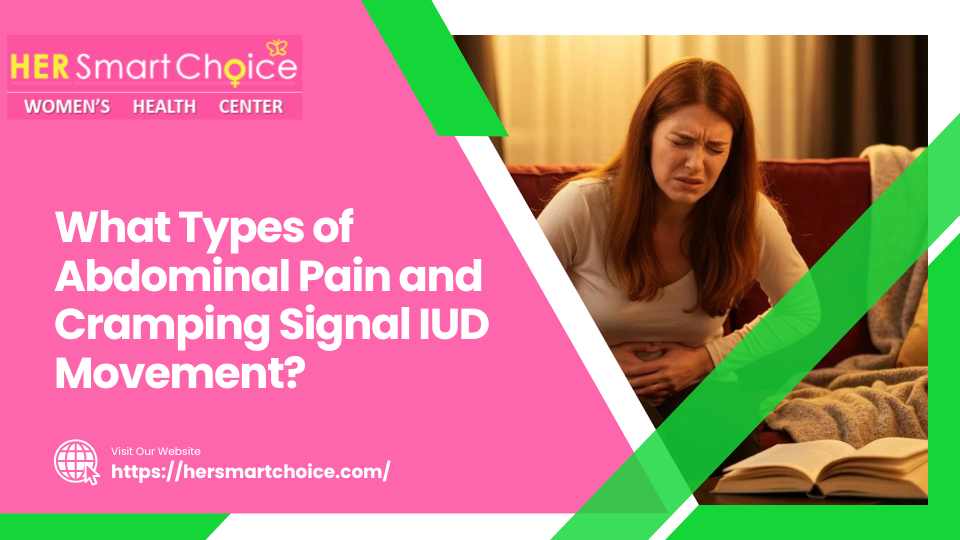Cramping After a Pap Smear: What’s Normal, Causes, Duration, and Relief
Experiencing pelvic cramps after a Pap smear is a common response to cervical screening that often resolves quickly without intervention. This guide explores why mild discomfort arises, the mechanisms behind cramping, expected duration, warning signs, and effective relief options. You’ll learn what to expect during the procedure, common triggers of post-test pain, how long cramps typically last, when to seek help, and practical strategies to ease discomfort. By understanding cramping after a Pap smear, you can approach your next cervical screening with confidence and clear expectations.
Follow Us!
Is Cramping After a Pap Smear Normal?
Mild cramps after a Pap smear are common. They happen because the cervix is sensitive and reacts to the instruments used during the test. The cervix is lined with delicate epithelium that reacts to mechanical stimulation and chemical preservatives used on slides, producing transient discomfort. For example, many people feel a brief twinge when the speculum is inserted or when the brush scrapes the cervical surface.
What Happens During a Pap Smear and How Does It Affect the Cervix?
A Pap smear collects microscopic samples from the cervical canal using a speculum, brush, and spatula to detect abnormal cell changes. Inserting the speculum gently opens the vaginal walls, exposing the cervix, and the cytology brush lightly scrapes surface cells. This process stimulates cervical nerve endings, causing localized sensitivity that can manifest as cramping or mild aching afterward, similar to slight abrasion healing.
Why Do Mild Pelvic Cramps Occur After Cervical Screening?
When cervical cells are collected, the nerve endings in the tissue react. This can cause small muscle contractions and mild inflammation, leading to cramping. These contractions produce sensations akin to menstrual cramps, since the uterus and cervix share innervation pathways. An illustrative example is the brief cramp felt when undergoing cervical biopsies, which resolves as inflammation subsides.
How Common Is Cramping and Spotting After a Pap Test?
Up to 30% of people experience mild cramps and spotting after a Pap smear. It’s common and usually goes away on its own. Spotting usually presents as a few drops of pink or brown discharge within 24 hours, while cramps may linger for a few hours. Recognizing this typical pattern helps distinguish normal post-procedure effects from symptoms requiring evaluation.
How Long Do Cramps and Spotting Last After a Pap Smear?
Mild pelvic cramping and light spotting are common occurrences after a Pap smear, typically resolving within a few hours to one or two days. This transient discomfort is considered a normal and expected response to the cervical screening procedure.
This research supports the article’s description of the common occurrence and typical duration of mild cramping and spotting following a Pap smear, indicating it is a frequent but self-limited outcome.
What Are the Common Causes of Cramping After a Pap Smear?
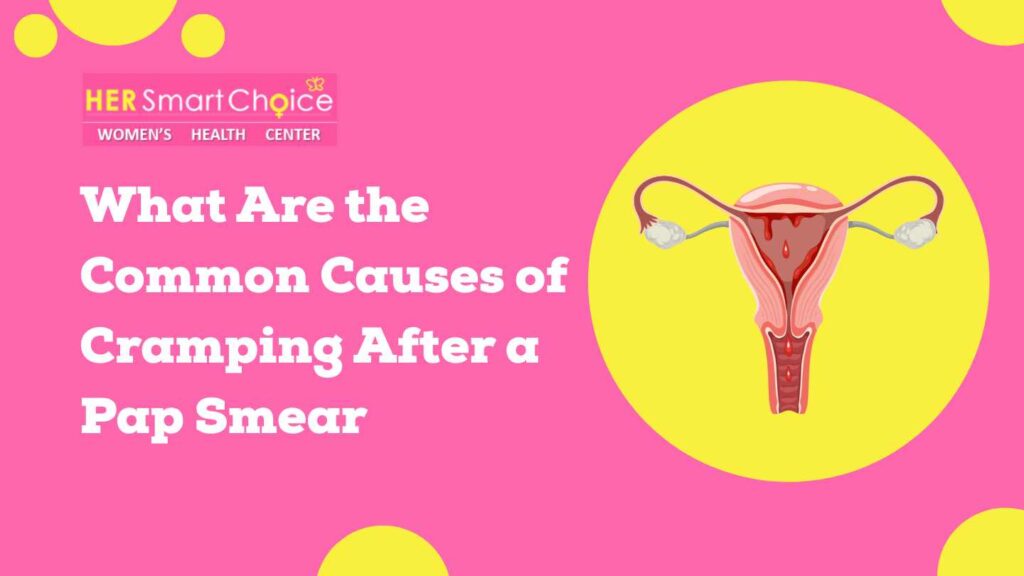
Post-Pap smear discomfort arises from a combination of cervical irritation, mechanical pressure, hormonal sensitivity, and underlying conditions that amplify tissue reactivity. Identifying each factor clarifies why some individuals experience more pronounced cramps and helps tailor relief strategies.
How Does Cervical Irritation and Sensitivity Cause Cramping?
When the cervix is touched during the test, tiny surface irritations may occur. This can trigger mild inflammation and small muscle spasms that feel like cramps. The brush or spatula lightly abrades cells, releasing prostaglandins that induce cramping. For instance, individuals with friable cervices often report stronger cramp responses due to increased tissue fragility.
Can Speculum Use and Muscle Tension Lead to Abdominal Pain?
Speculum insertion applies light pressure to the vaginal walls and cervix, and psychological stress commonly triggers pelvic floor muscle tightening. Tensed muscles exacerbate discomfort and can radiate pain to the lower abdomen. Athletes and individuals experiencing high exam anxiety frequently note this combination of mechanical pressure and muscular contraction.
How Do Hormonal Changes and Pregnancy Affect Post-Test Discomfort?
Elevations in estrogen or progesterone during pregnancy and certain phases of the menstrual cycle increase cervical vascularity and tissue engorgement, heightening sensitivity to instrumentation. For example, pregnant individuals may feel more pronounced cramps due to enhanced blood flow and softer cervical stroma reacting to speculum placement.
Why Some People Have More Pain After Cervical Screening
Discomfort experienced after a Pap smear can be attributed to several factors, including cervical irritation from the cell collection process, mechanical pressure from speculum insertion, and heightened cervical sensitivity. This sensitivity can be influenced by hormonal changes, pregnancy, or pre-existing conditions such as infections or cervical polyps.
This citation verifies the various physiological and mechanical factors that contribute to cramping and pain experienced after a Pap smear, aligning with the article’s explanations of why discomfort arises.
What Role Do Infections, Polyps, or a Friable Cervix Play in Cramping?
Pre-existing cervical conditions like infections, benign polyps, or friable tissue create areas prone to bleeding and inflammation upon contact. These abnormalities release cytokines that intensify muscle spasms and pain signals. A clear demonstration of this effect is heavier spotting and cramping in cases of untreated cervical infection during screening.
How Long Do Cramps Last After a Pap Smear?
Most post-Pap smear cramps resolve within a day or two, reflecting the transient nature of cervical irritation and inflammatory response. Understanding typical timeframes helps set accurate expectations and reduces unnecessary concern.
What Is the Typical Duration of Mild to Moderate Cramping?
| Intensity Level | Timeframe | Characteristics |
|---|---|---|
| Mild | 2–6 hours | Light twinges or dull ache, easily managed at home |
| Moderate | Up to 24 hours | Noticeable pelvic discomfort, responsive to NSAIDs |
| Severe | Rare beyond 48 hours | Intense spasms or sharp pain indicating further evaluation |
How Can You Differentiate Between Mild and Severe Cramping?
Mild cramps feel like pressure or slight aching that eases with rest, whereas severe cramping is sharp, persistent, and may interfere with daily activities. Monitoring pain patterns and responsiveness to simple interventions reveals when symptoms exceed expected post-test discomfort.
What Are the Signs of Severe or Prolonged Pelvic Pain?
- Unrelenting spasms that do not improve with over-the-counter analgesics
- Intense lower abdominal or back pain radiating to the thighs
- Pain escalating over time rather than diminishing
When Should You Be Concerned About Cramping After a Pap Smear?
While mild cramps and spotting are routine, certain accompanying signs or prolonged duration warrant medical attention. Recognizing these concerns ensures timely diagnosis and treatment.
What Are the Concerning Symptoms Alongside Cramping?
- Heavy bleeding saturating a pad within an hour
- Fever over 100.4°F indicating possible infection
- Foul-smelling or unusual discharge reflecting underlying pathology
Presence of any combination of these signs alongside cramping should prompt evaluation.
How Long Is Too Long to Experience Post-Pap Smear Pain?
Persistent cramps beyond 48 hours fall outside the normal recovery window. Pain that intensifies or fails to respond to rest and analgesics after two days suggests a non-typical inflammatory or infectious process.
When Is It Necessary to Contact Your Healthcare Provider?
Contact a healthcare provider if you experience severe spasms, heavy bleeding, fever, or persistent symptoms lasting more than 48 hours. Early assessment safeguards against overlooked infections, cervical trauma, or other conditions requiring intervention.
What Helps With Cramps After a Pap Smear?
Effective relief strategies address inflammation, muscle tension, and stress factors that contribute to cramping. Implementing targeted home remedies and procedural tips can minimize discomfort during and after cervical screening.
Which Home Remedies and Over-the-Counter Treatments Are Effective?
- Take nonsteroidal anti-inflammatory drugs (NSAIDs) such as ibuprofen within the first hour of symptom onset.
- Apply a warm heating pad to the lower abdomen for 15–20 minutes to soothe muscle spasms.
- Rest in a comfortable position with knees bent to reduce pressure on pelvic muscles.
How Can Relaxation and Communication Reduce Discomfort During the Test?
Engaging in deep breathing and pelvic floor relaxation before speculum insertion lowers muscle tension and pain signals. Communicate anxieties and physical sensitivity to your provider to adjust speculum size or angle, enhancing procedural comfort.
Are There Tips to Minimize Cramping in Future Pap Smears?
- Schedule the exam mid-cycle when hormone levels are balanced and the cervix is less engorged.
- Use a water-based lubricant on the speculum to decrease friction.
- Practice pelvic floor exercises to improve muscle control and relaxation.
Integrating these preventive tactics empowers you to experience smoother screenings.
What Other Symptoms Can Occur Alongside Cramping After a Pap Smear?
Beyond cramps, a spectrum of post-test sensations and discharge patterns can arise, most falling within normal recovery unless they intensify or persist.
How to Distinguish Normal Spotting from Heavy or Abnormal Bleeding?
Normal spotting appears as light pink or brown discharge over a few hours, whereas heavy bleeding involves bright red flow saturating sanitary products within one hour. Spotting reflects minor tissue irritation, while abnormal bleeding warrants prompt evaluation.
What Other Post-Procedure Sensations Might You Experience?
- Mild vaginal discharge due to excess lubricants or residual preservative solution
- Pelvic pressure resembling premenstrual discomfort as inflammatory fluids accumulate
- Brief light-headedness from vasovagal response during speculum insertion
These transient experiences typically resolve alongside cramping.
How Does Cramping After a Pap Smear Relate to Cervical Health and Screening?
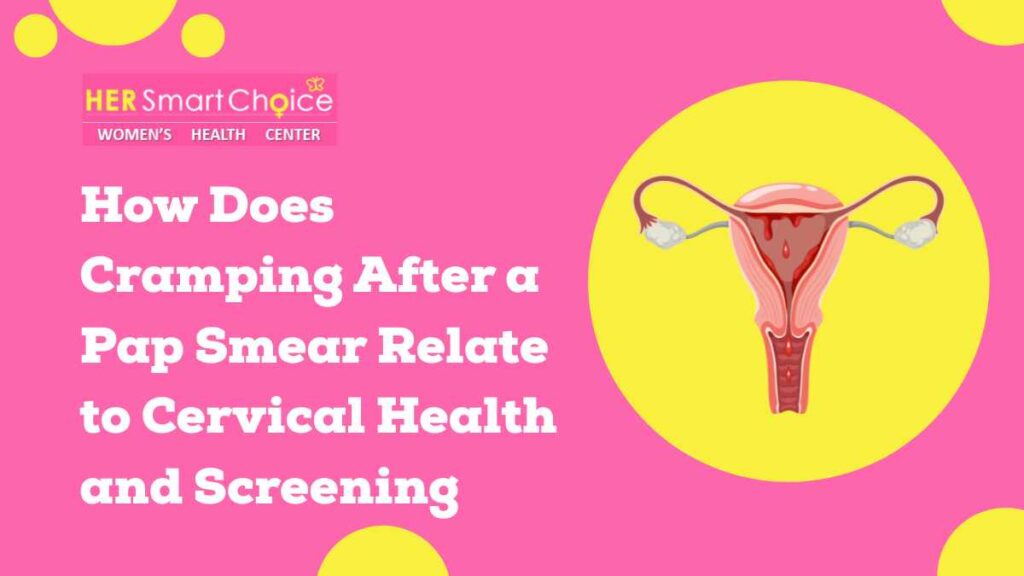
Understanding post-test symptoms within the broader cervical screening framework emphasizes their benign nature while underscoring the importance of ongoing monitoring.
How Does the Pap Smear Screen for Cervical Cancer?
A Pap smear detects precancerous or abnormal cervical cells by cytological analysis, enabling early intervention before malignancy develops. Collecting epithelial samples and examining them microscopically reduces cervical cancer risk through routine surveillance.
What Is the Link Between HPV, Abnormal Cells, and Post-Test Symptoms?
Human papillomavirus (HPV) infection can cause cervical cell changes detectable by Pap smears. Although HPV itself does not directly cause cramping, associated inflammation and dysplasia can make the cervix more reactive during cell collection.
Why Is Monitoring Symptoms After a Pap Smear Important?
Tracking post-Pap smear symptoms ensures that routine screening remains safe and effective. Noting unusual pain, prolonged bleeding, or signs of infection facilitates early treatment and supports cervical health across future screenings.
Understanding that mild cramping after a Pap smear originates from cervical sensitivity and transient inflammation provides confidence in normal recovery expectations. Recognizing when pain indicates complications—such as prolonged discomfort, heavy bleeding, or fever—empowers timely medical evaluation. Employing targeted self-care measures like NSAIDs, heat therapy, relaxation techniques, and strategic scheduling enhances comfort during screenings. Maintaining awareness of related symptoms and following up with your healthcare provider preserves cervical health and supports effective cancer prevention.
Common FAQs on Cramping After a Pap Smear
Most cramps go away within a few hours to one day. If pain lasts more than 48 hours, contact your healthcare provider.
Yes, light pink or brown spotting is normal for up to 24 hours after the test. Heavy bleeding, however, is not typical.
Over-the-counter pain relievers, a heating pad, and rest can ease discomfort.
Seek medical advice if you have severe cramps, heavy bleeding, fever, or pain lasting longer than two days.
No, Pap smear-related cramps are temporary. Ongoing pain should always be evaluated by a healthcare provider.
Follow Us!
About Her Smart Choice
At Her Smart Choice Women’s Health and Abortion Clinic in Los Angeles, our compassionate providers ensure Pap smears are as comfortable as possible. If you have unusual symptoms after your screening, our team is here to support you with expert care.
Disclaimer: This article is for educational purposes only and should not replace medical advice. Every woman’s health experience is unique, and recovery after a Pap smear can vary. For personalized guidance, please consult a qualified healthcare provider. Her Smart Choice Women’s Health and Abortion Clinic in Los Angeles.

